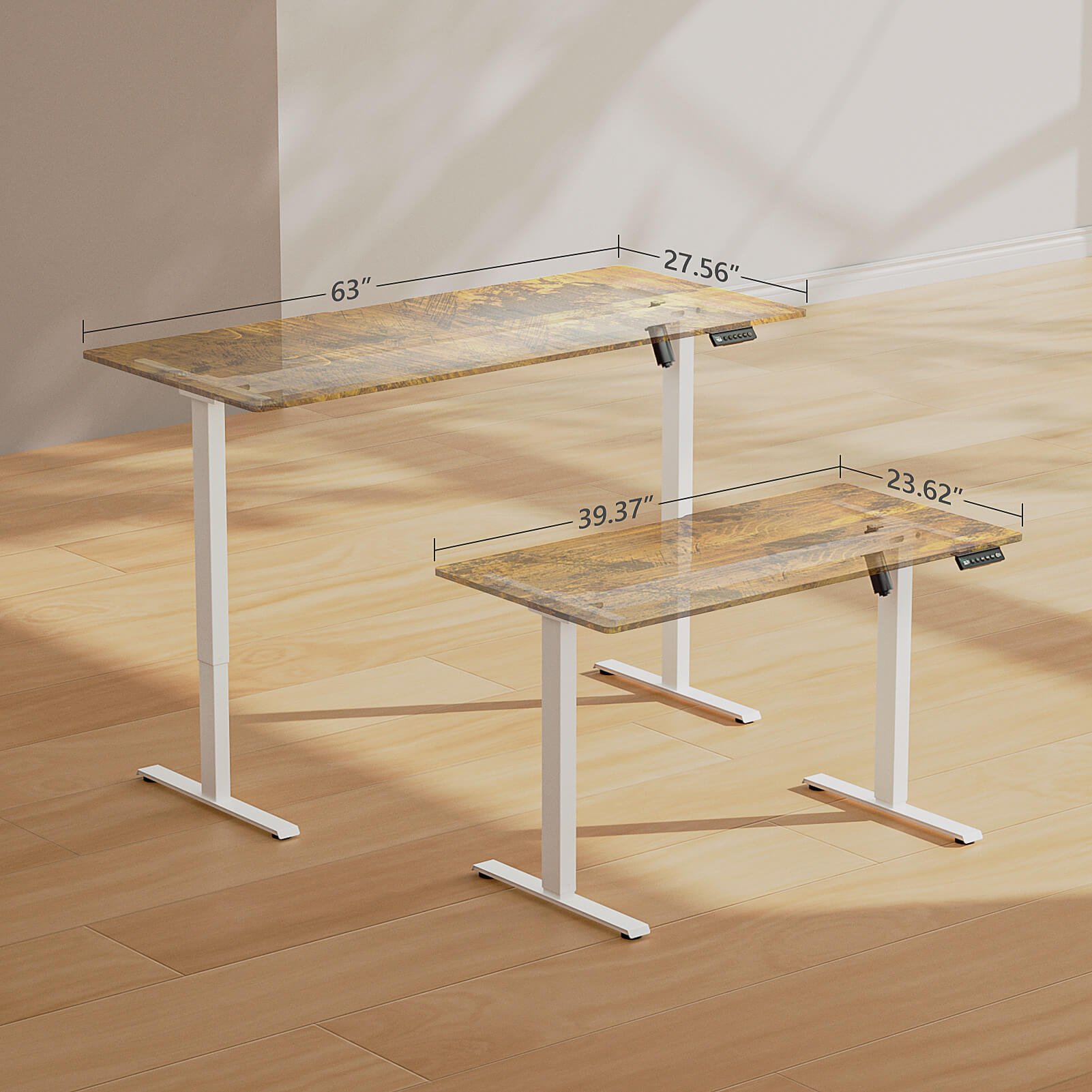As more people recognize the benefits of standing desks, selecting the right size for your workspace becomes crucial. A well-sized standing desk can improve comfort, productivity, and overall health. In this article, we’ll guide you through the factors to consider when choosing the perfect size standing desk.
Understanding Standing Desks
Standing desks allow users to alternate between sitting and standing. This flexibility promotes better posture and reduces the risk of chronic conditions associated with prolonged sitting. However, the effectiveness of a standing desk largely depends on its size and fit in your workspace.
Factors to Consider
1. Available Space
First, measure the area where you plan to place the desk. This step is essential to ensure a good fit. Consider not only the desk’s footprint but also the surrounding space. You want enough room to move comfortably without feeling cramped.
– Width: The desk should be wide enough to hold your computer, monitor, keyboard, and any other essentials. A width of 48 to 72 inches is typical for most users.
– Depth: A depth of 24 to 36 inches is usually sufficient. This allows enough space for your monitor while keeping your keyboard at a comfortable distance.
2. Height Adjust ability
A key feature of standing desks is height adjust ability. Your desk should be adjustable to accommodate your height, allowing you to stand comfortably without straining. Ideally, the desk height should let your elbows remain at a 90-degree angle when typing.
– Minimum Height: Check that the desk can lower to a height that suits your sitting position. Most desks have a minimum height between 28 and 30 inches.
– Maximum Height: Ensure the desk can be raised high enough for comfortable standing. The maximum height typically ranges from 40 to 50 inches.
3. User Height
Your personal height significantly impacts the size of the standing desk you should choose. Here’s a quick guide based on height:
– Under 5’4″: Look for desks that can adjust to a lower height. Consider models that start at around 24 inches.
– 5’4″ to 5’11”: Most standard desks should work well. Aim for a desk with an adjustable range that goes from 28 to 48 inches.
– Over 6’0″: Choose a desk with a higher maximum setting, ideally one that reaches at least 50 inches.
4. Monitor Placement
Proper monitor placement is vital for ergonomics. Your monitor should be at eye level to prevent neck strain. When selecting a standing desk, consider the following:
– Monitor Arms: If you plan to use monitor arms, ensure that the desk can support them. This allows you to position the monitor at the right height.
– Dual Monitors: If you use two monitors, make sure your desk has enough width and depth to accommodate both without crowding.
5. Desk Configuration
Next, think about the configuration that suits your workflow best. Do you need a traditional rectangular desk, or would an L-shaped or U-shaped desk fit your needs better? The configuration can impact how much surface area you have.
– L-Shaped Desks: These are great for corner spaces and provide ample surface area for multitasking.
– U-Shaped Desks: Ideal for those who need extensive workspace, these desks can help keep everything within reach.
6. Additional Features
When selecting a standing desk, think about any additional features that may enhance your experience:
– Built-in Storage: Some desks come with drawers or shelves, which can help keep your workspace organized.
– Cable Management: Look for desks that offer cable management solutions. Keeping cords tidy can improve the look and functionality of your workspace.
– Weight Capacity: Ensure that the desk can support all your equipment. Most standing desks have weight limits ranging from 150 to 300 pounds.
Tips for Testing Desk Size
Before making a final decision, consider these tips:
1. Try Before You Buy: If possible, test the desk in a store. Adjust the height and see how it feels.
2. Visualize in Your Space: Use tape to mark the dimensions of the desk on the floor. This helps you visualize how it will fit in your workspace.
3. Consider Future Needs: Think about any future changes to your workspace or equipment. Choosing a slightly larger desk may be beneficial in the long run.
Conclusion
In summary, choosing the perfect size standing desk for your workspace is essential for comfort and productivity. By considering your available space, height adjustability, user height, monitor placement, desk configuration, and additional features, you can make an informed decision.
Investing in the right standing desk not only supports your physical well-being but also contributes to a more efficient and enjoyable work environment. With the right fit, you can enhance your work experience and promote better health.

